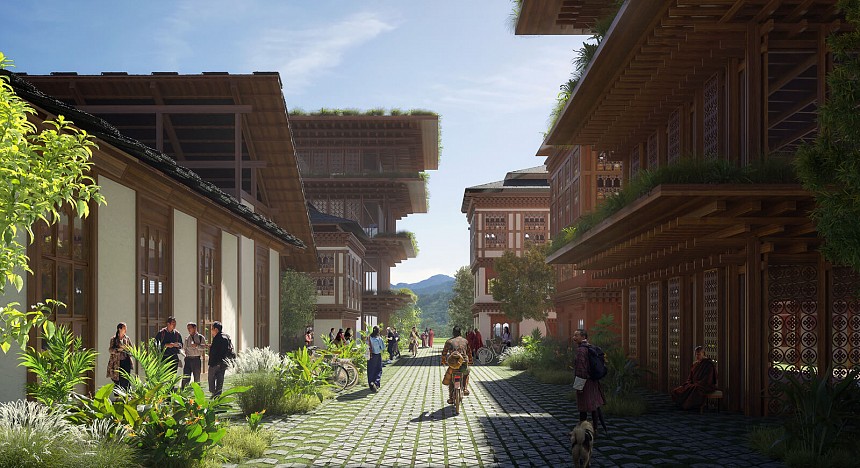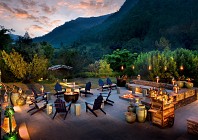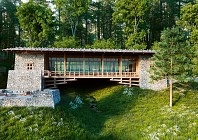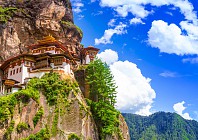Verdant valleys, snow-capped mountains, and some of the lowest tourist visits in the world; it’s easy to see why Bhutan is considered a place to get away from it all to rest the mind, body, and soul.

And the tiny Himalayan kingdom sandwiched in between China and India looks set to soothe and rejuvenate weary travellers even further with a new city that will be entirely dedicated to mindfulness. The Gelephu Mindfulness City in the south of the Kingdom is promising a modern Buddhist lifestyle destination centred around spirituality, wellness, and rejuvenation

Revealed by King Jigme Khesar Namgyel Wangchuck, the city will be the gateway for tourists into Bhutan thanks to a new airport and railway dry port, as well as the two nature reserves of the Phibsoo Wildlife Sanctuary and Royal Manas National Park.

So, what peace of mind can be expected from the new city?


Spanning some 250,000 acres – 2.5 per cent of Bhutan’s total surface area – Gelephu Mindfulness City will include a series of inhabitable bridges that are based upon the nine Gross National Happiness domains – those are psychological wellbeing, health, time use and balance, education, cultural diversity and resilience, good governance, community vitality, ecological diversity and resilience, and living standard. You’ll be able to catch a glimpse of the daily practices of monks at the Vajrayana spiritual centre, learn about Eastern and Western medical practices at the healthcare centre, practice ancient farming techniques at a hydroponic and aquaponic greenhouse, and an immersion into Bhutanese heritage and traditions at the cultural centre. You can also as purchase local textiles and clothes at the market, and there even be a new university and airport.


Those searching for meditative walks and stunning views can utilise Bhutan’s answer to the Tiger’s Nest – a new hydroelectric, Sankosh Temple-Dam that will provide access to a visitor centre and temple on the face of a man-made cliff. Will several individual routes, contemplative strolls can be taken along the dam that embodies the foundational elements of Gelephu – the harmonious coexistence of culture and nature.

For a place to call home, 11 neighbourhoods will also be formed along the banks of the 35 rivers and streams that run through the site. Designed on the principles of the Mandala, the neighbourhoods will be symmetrically organised around a central public space with the establishment of paddy fields along the rivers to protect housing from future flooding in monsoon seasons. The paddy fields have strong eco-creds as well, acting as biodiversity corridors for local flora and fauna, while not disrupting the migratory routes of elephants and other wildlife.

“We imagine the Mindfulness City as a place that could be nowhere else,” says Bjarke Ingels, founder and creative director of designers BIG – Bjarke Ingels Group, “Where nature is enhanced, agriculture is integrated, and tradition is living and breathing, not only preserved but also evolved. Shaped by waterways, Gelephu becomes a land of bridges, connecting nature and people, past and future, local and global. Like the traditional Dzongs, these inhabitable bridges turn into cultural landmarks, doubling as transportation infrastructure combined with civic facilities.”

No date has been confirmed for the opening of the city, but we’ll keep you posted with updates.











